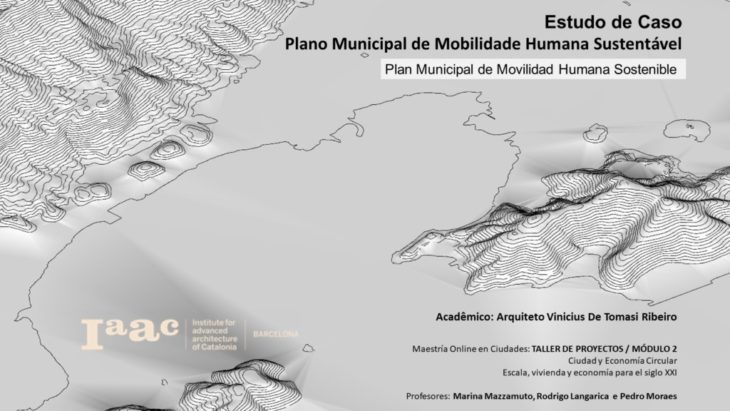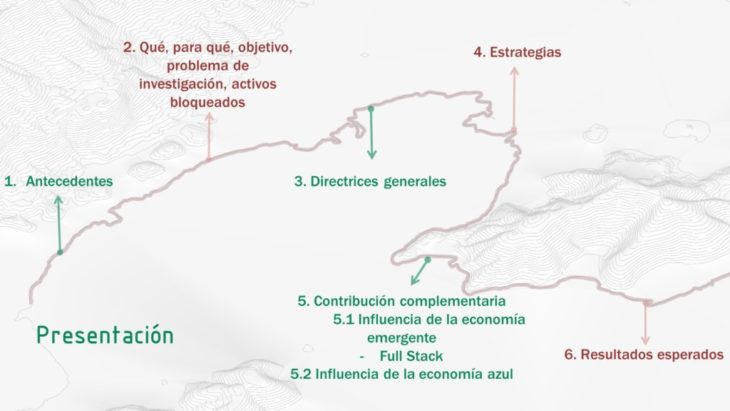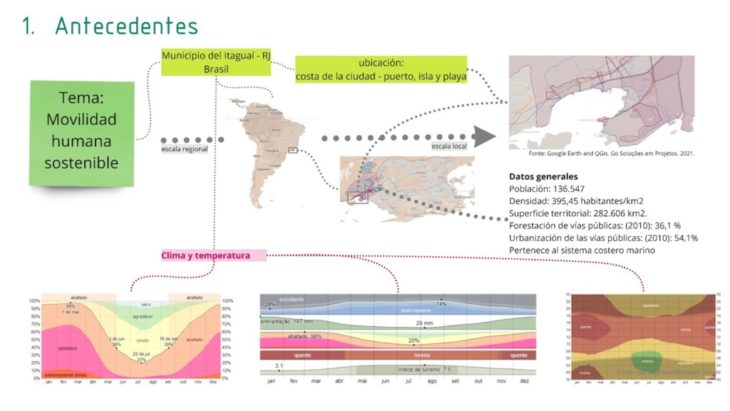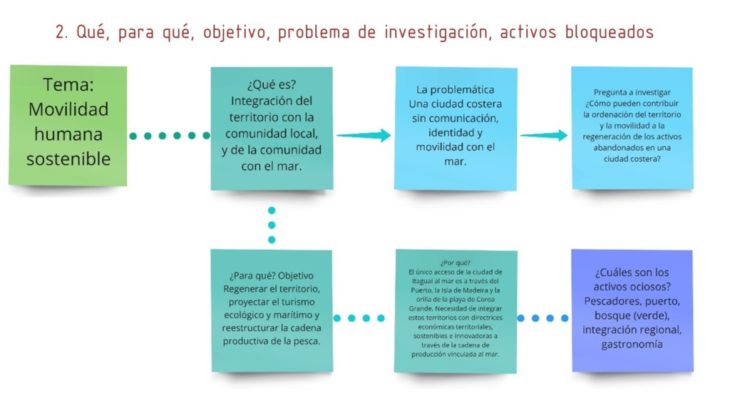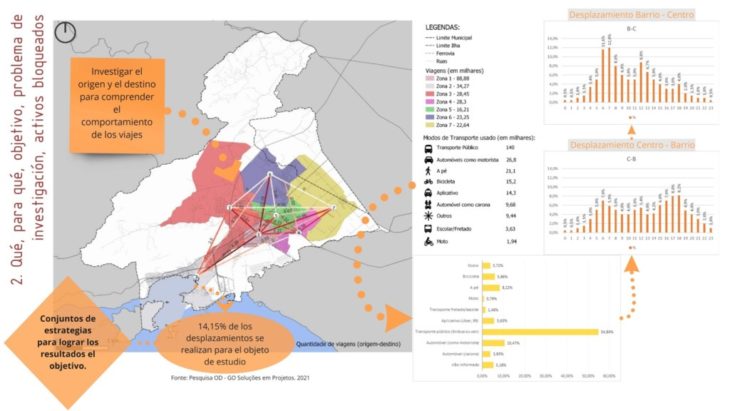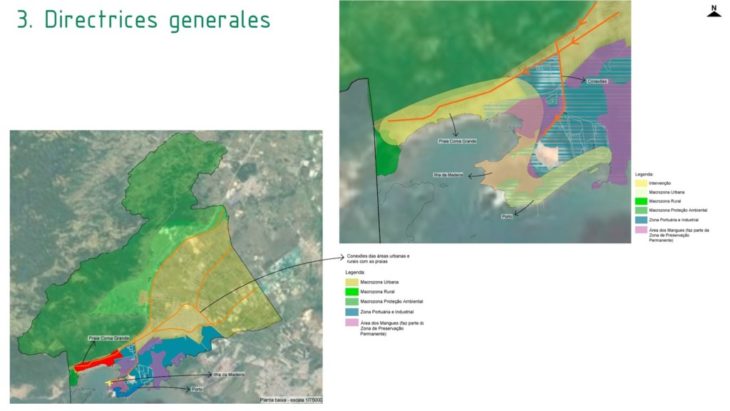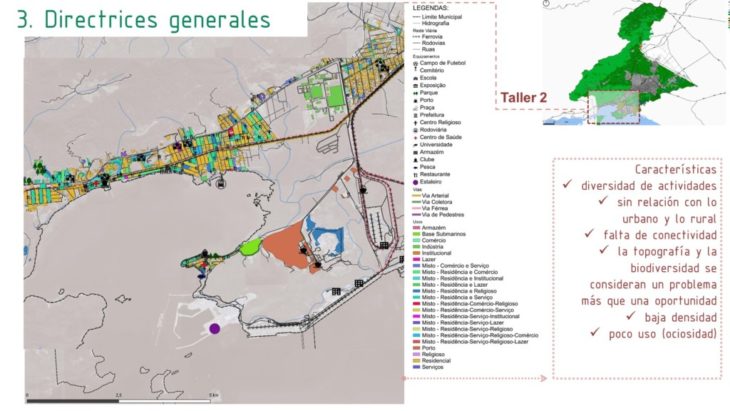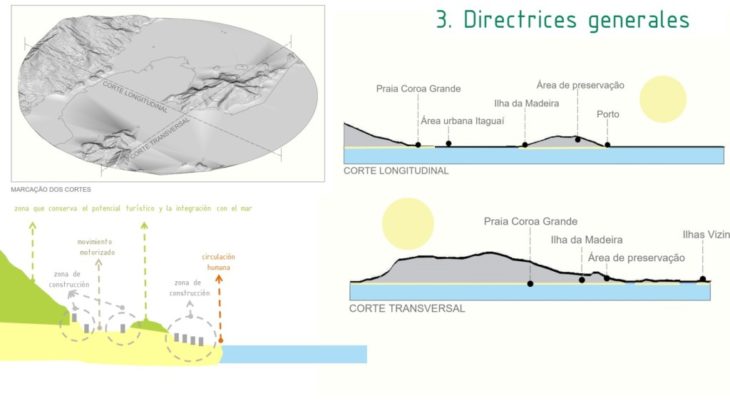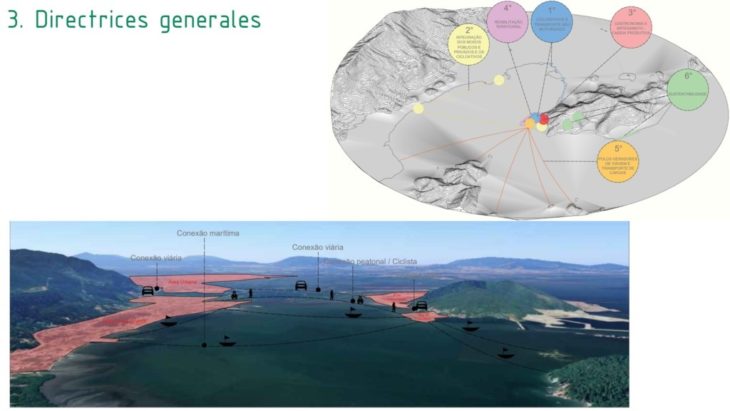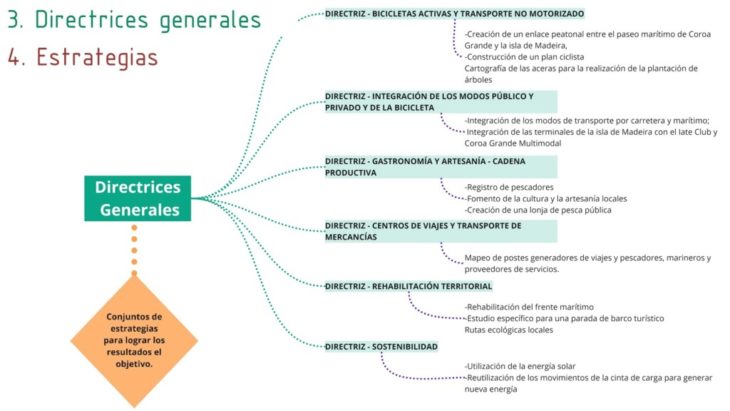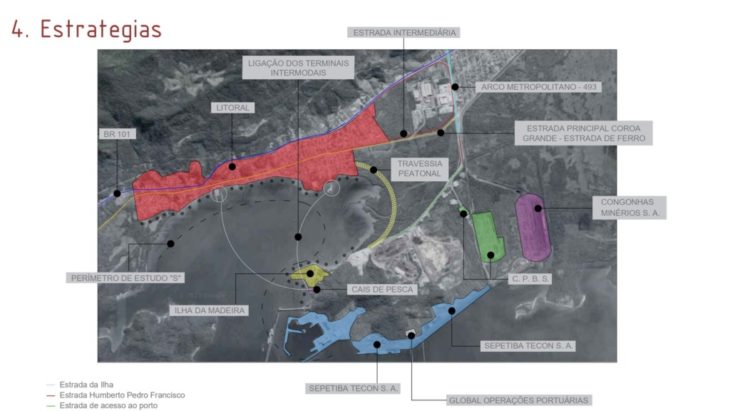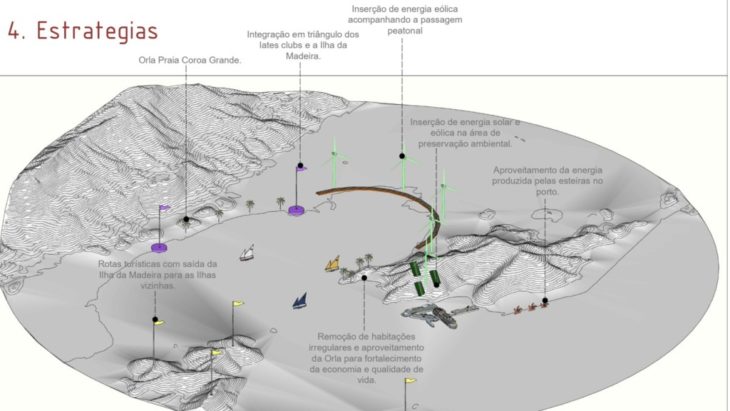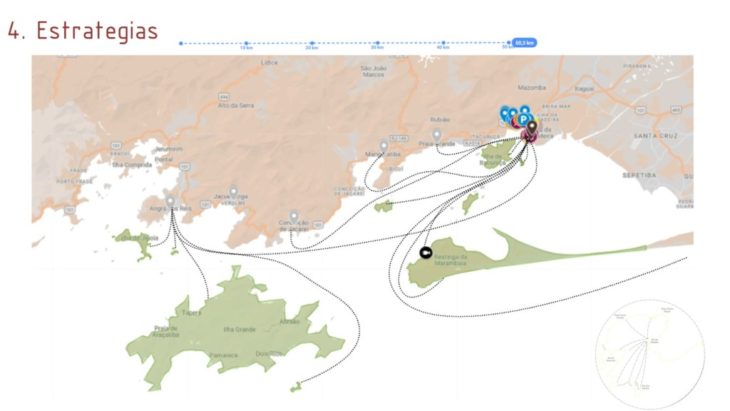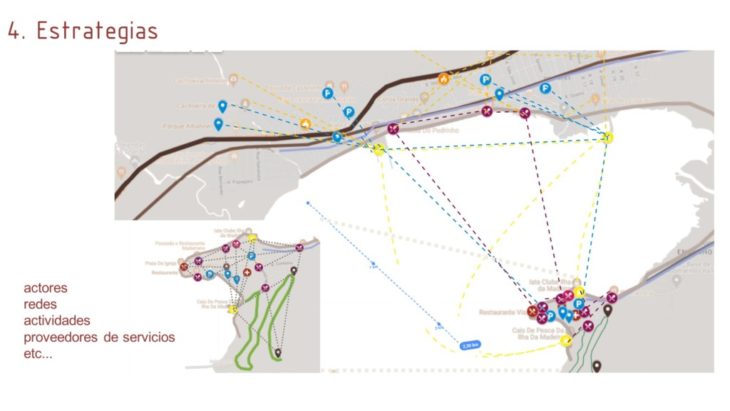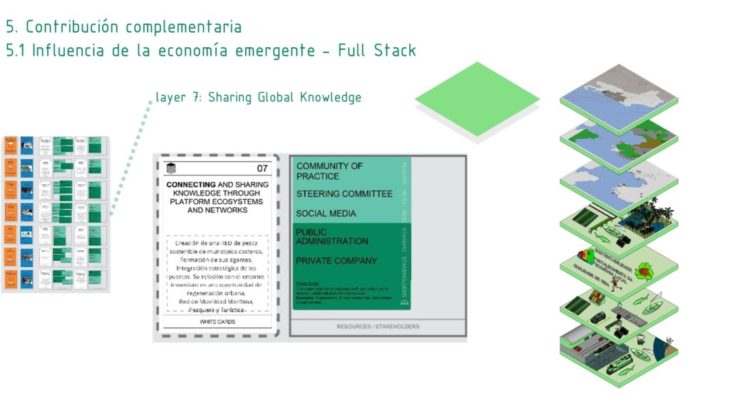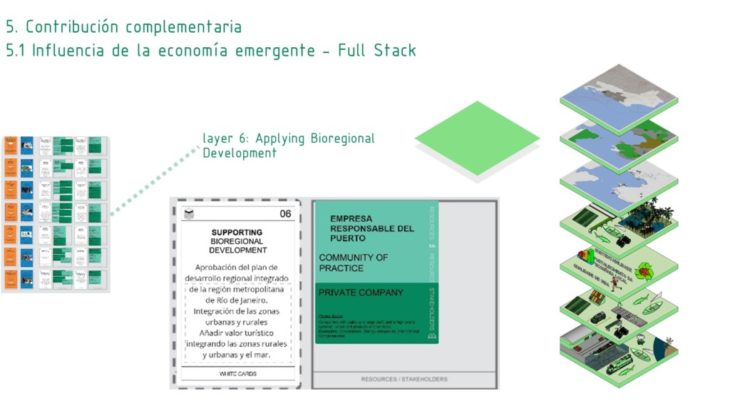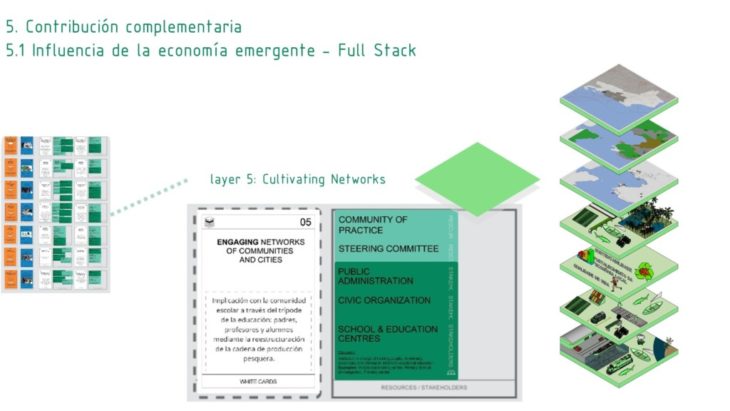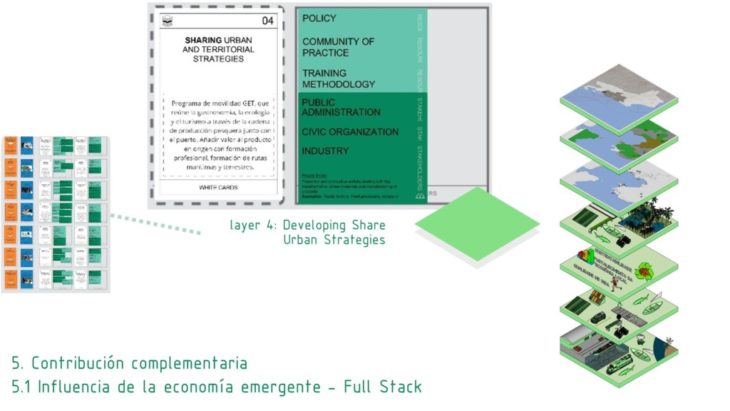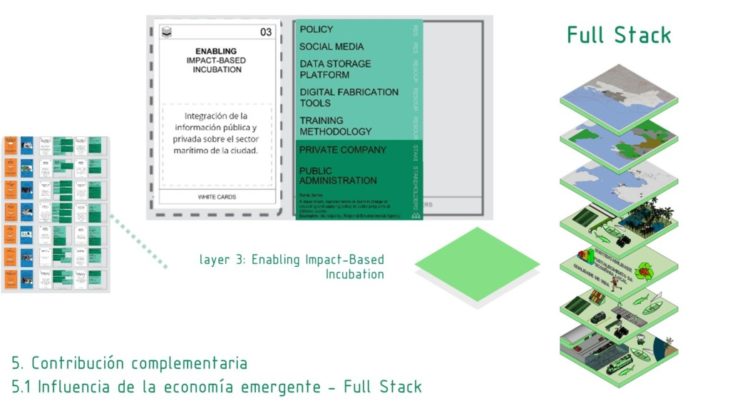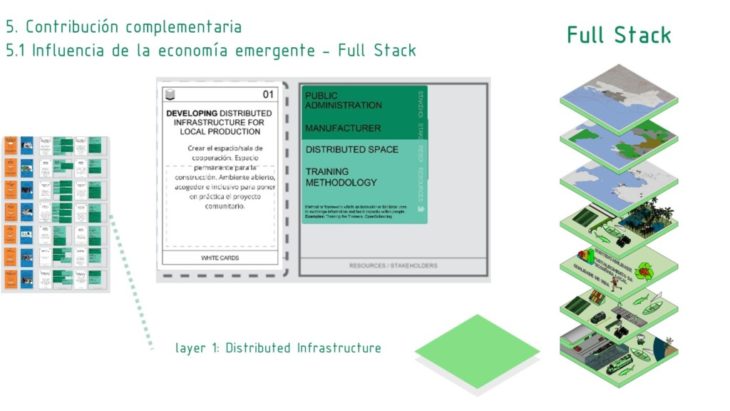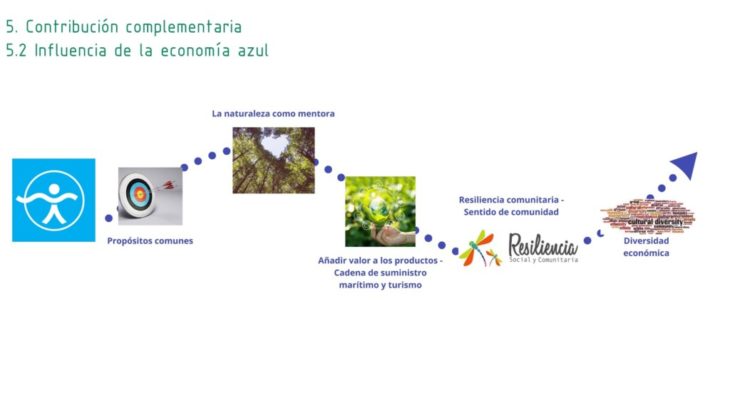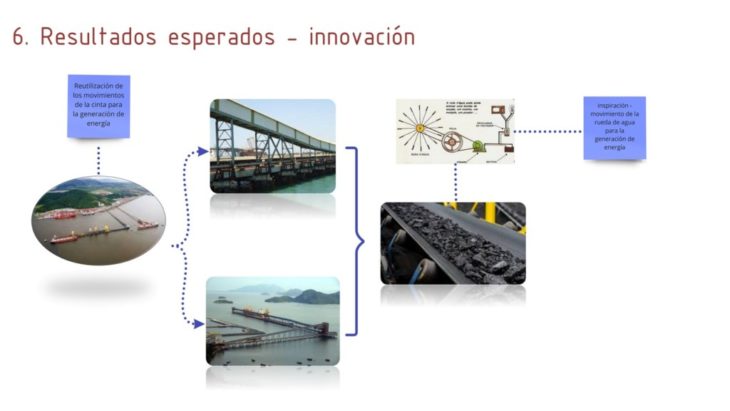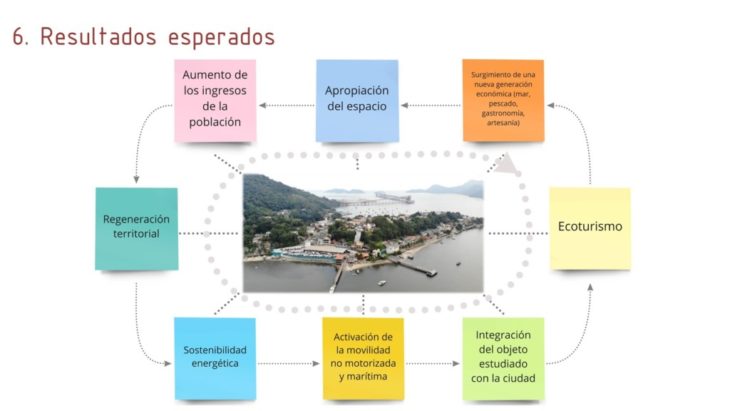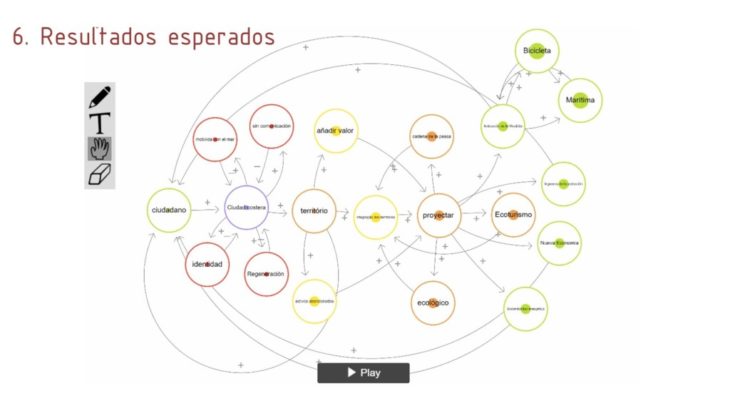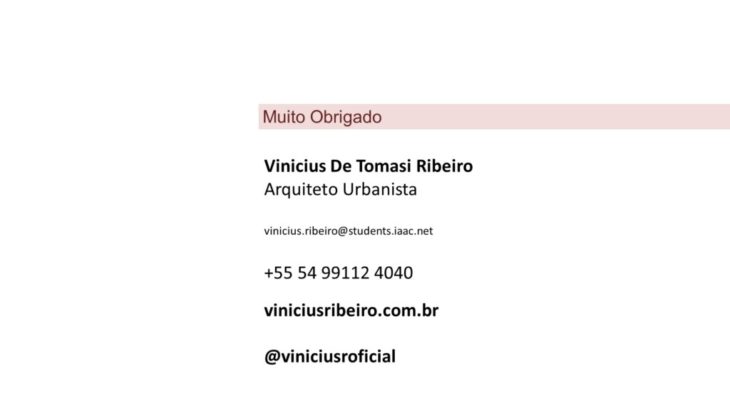Plan de Movilidad Humana Sostenible – costa de la ciudad es um proyecto del IAAC, IAAC – Instituto de Arquitectura Avanzada de Catalunya, desarrollado em la Maestria Online em Ciudades em 2021 por lo estudiante Vinicius De Tomasi Ribeiro, y professorado: Marina Mazzamuto, Rodrigo Langarica e Pedro Moraes
El proyecto presentado forma parte de las diversas estrategias que componen la elaboración del Plan de Movilidad Humana Sostenible del municipio de Itaguaí, región metropolitana de Río de Janeiro en Brasil.
El trabajo recibió contribuciones e influencias de la economía emergente con la metodología (Full Stack) y la economía azul. Simulamos la integración entre los agentes y sus potenciales en el territorio. El proyecto presentó los resultados esperados.
Presentamos el trabajo de forma estructurada para generar más comprensión y entendimiento. La información es la siguiente:
¿Qué es?
Integración del territorio con la comunidad local, y de la comunidad con el mar.
¿Por qué?
El único acceso de la ciudad de Itaguaí al mar es a través del Puerto, la Isla de Madeira y la orilla de la playa de Coroa Grande. Necesidad de integrar estos territorios con directrices económicas territoriales, sostenibles e innovadoras a través de la cadena de producción vinculada al mar.
¿Para qué? Objetivo
Regenerar el territorio, proyectar el turismo ecológico y marítimo y reestructurar la cadena productiva de la pesca.
¿Cuáles son los activos ociosos?
Pescadores, puerto, bosque (verde), integración regional, gastronomía.
Directrizes
DIRECTRIZ – BICICLETAS ACTIVAS Y TRANSPORTE NO MOTORIZADO
Creación de una conexión peatonal entre el paseo marítimo de Coroa Grande y la isla de Madeira,
Construcción del Plan Cicloviário
Cartografía de las aceras para la realización de la plantación de árboles
DIRECTRIZ – INTEGRACIÓN DE LOS MODOS PÚBLICOS Y PRIVADOS Y DE LA BICICLETA
Integración de los modos de transporte por carretera con los marítimos;
Integración de las terminales de la isla de Madeira con el Iate Club y Coroa Grande Multimodal
DIRECTRIZ – GASTRONOMÍA Y ARTESANÍA – CADENA PRODUCTIVA
Registro de pescadores
Fomento de la artesanía y la cultura local
Creación de una lonja de pesca pública
DIRECTRIZ – POSTES GENERADORES DE VIAJES Y TRANSPORTE DE CARGA
Mapa de postes generadores de viajes y pescadores, marineros y proveedores de servicios
DIRECTRIZ – REHABILITACIÓN TERRITORIAL
Rehabilitación del frente marítimo
Estudio específico para el paraíso de los barcos turísticos
Rutas ecológicas locales
DIRECTRIZ – SOSTENIBILIDAD
Uso de la energía solar
Reutilización del movimiento de la cinta de carga para generar nueva energia
Resultados esperados
Aumento de los ingresos de la población;
Regeneración territorial;
Apropiación del espacio;
Sostenibilidad energética;
Activación de la movilidad no motorizada y marítima;
Surgimiento de una nueva generación económica (mar, pesca, gastronomía y artesanía); Ecoturismo; y
Integración del proyecto estudiado con la ciudad.
—–
The project presented is one part of several strategies that make up the Sustainable Human Mobility Plan of the municipality of Itaguaí, metropolitan region of Rio de Janeiro in Brazil.
The work received contributions and influences from the emerging economy with the methodology (Full Stack) and the blue economy. We simulated the integration between agents and their potentials in the territory. The project presented expected results.
The information is as follows:
What is it?
Integration of the territory with the local community, and of this with the sea.
Why?
The only access of the city of Itaguaí to the sea is through the Port, Madeira Island and the Coroa Grande beach shore. Need to integrate these territories with economic territorial guidelines, sustainable and innovative through the production chain linked to the sea.
What for? Objective
Regenerate the territory, project ecological and maritime tourism, and restructure the productive chain of fishing.
What are the idle assets?
Fishermen, port, (green) forest, regional integration, gastronomy.
Guidelines
GUIDELINE – ACTIVE CYCLES AND NON-MOTORIZED TRANSPORTATION
Creation of a pedestrian connection between the Coroa Grande beachfront and Madeira Island,
Construction of the Cicloviário Plan
Mapping of sidewalks for the implementation of tree planting
GUIDELINE – INTEGRATION OF PUBLIC AND PRIVATE MODES AND CYCLING
Integration of the road modes with the maritime mode;
Integration of the Madeira Island terminals with the Iate Club and the Coroa Grande Multimodal
GUIDELINE – GASTRONOMY AND HANDICRAFT – PRODUCTIVE CHAIN
Registration of fishermen
Encouragement of handicraft and local culture
Creation of a public fishing market
GUIDELINE – TRAVEL GENERATOR POLES AND CARGO TRANSPORT
Mapping of the poles that generate trips and of the fishermen, sailors and service providers.
GUIDELINE – TERRITORIAL REHABILITATION
Rehabilitation of the waterfront
Specific study for tourist ship’s paradise
Local ecological routes
GUIDELINE – SUSTAINABILITY
Use of solar energy
Reuse of the movement of cargo conveyors for the formation of new energies
Expected Results
Increases in population income;
Territorial regeneration;
Appropriation of space;
Energy sustainability;
Activation of the non-motorized and maritime mobility;
Emergence of a new economic generation (sea, fishing, gastronomical and artisanal); Ecotourism; and
Integration of the project studied with the city.
